A Guide to Finding Your Ideal Eco-Friendly Home
homes
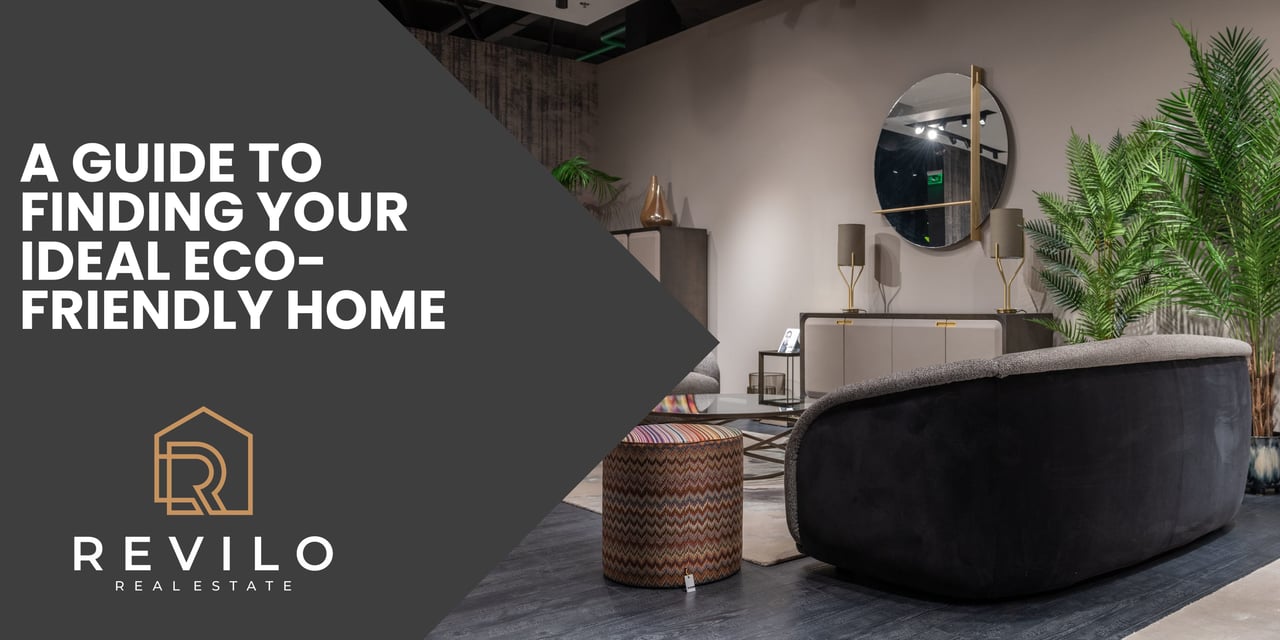
homes

In today's environmentally conscious world, the pursuit of an eco-friendly lifestyle extends beyond reusable bags and energy-efficient light bulbs. For many, it's about making sustainable choices in all aspects of life, including where you call home. Choosing an eco-friendly residence not only reduces your carbon footprint but also promotes a healthier and more sustainable way of living. If you're in the market for an eco-friendly home, here are some key factors to consider:
Energy Efficiency: One of the hallmarks of an eco-friendly home is its energy efficiency. Look for properties with features such as solar panels, energy-efficient appliances, and well-insulated windows and doors. These elements can significantly reduce energy consumption and lower utility bills while minimizing environmental impact.
Location and Transportation: Consider the home's proximity to public transportation, bike lanes, and essential amenities like grocery stores and schools. A central location can reduce the need for long commutes, thereby decreasing greenhouse gas emissions from vehicles. Additionally, look for neighborhoods with walkable streets and access to green spaces, promoting a healthier and more active lifestyle.
Sustainable Materials: Pay attention to the materials used in the construction and design of the home. Opt for properties built with sustainable materials such as bamboo flooring, reclaimed wood, and low-VOC (volatile organic compound) paints. These materials are not only environmentally friendly but also contribute to better indoor air quality, promoting a healthier living environment for you and your family.
Water Efficiency: Water scarcity is a growing concern in many parts of the world, making water efficiency an essential consideration for eco-friendly homes. Look for properties equipped with water-saving fixtures such as low-flow toilets, faucets, and showerheads. Consider homes with rainwater harvesting systems and drought-resistant landscaping to minimize water waste and maintain a lush outdoor environment without excessive irrigation.
Natural Light and Ventilation: Maximize natural light and ventilation in your eco-friendly home to reduce the need for artificial lighting and air conditioning. Look for properties with large windows, skylights, and open floor plans that allow for ample airflow and natural cooling. Not only does this enhance energy efficiency, but it also creates a bright and inviting living space.
Certifications and Green Building Standards: When evaluating potential homes, inquire about any certifications or green building standards they adhere to. Certifications such as LEED (Leadership in Energy and Environmental Design) or ENERGY STAR indicate that the home meets specific criteria for sustainability and energy efficiency. These certifications not only provide peace of mind but also often come with financial incentives and tax benefits for homeowners.
Lifestyle Amenities: Finally, consider the lifestyle amenities offered by the property and surrounding community. Look for features such as community gardens, recycling programs, and eco-conscious amenities like electric vehicle charging stations. These amenities not only enhance your quality of life but also reinforce the eco-friendly ethos of the neighborhood.
In conclusion, finding the ideal eco-friendly home requires careful consideration of various factors, from energy efficiency and sustainable materials to location and lifestyle amenities. By prioritizing these elements in your search, you can find a home that not only meets your needs and preferences but also aligns with your values of environmental stewardship and sustainability.
For further insights and updates, connect with us here at Revilo Real Estate and follow me on Instagram, Facebook and LinkedIn.

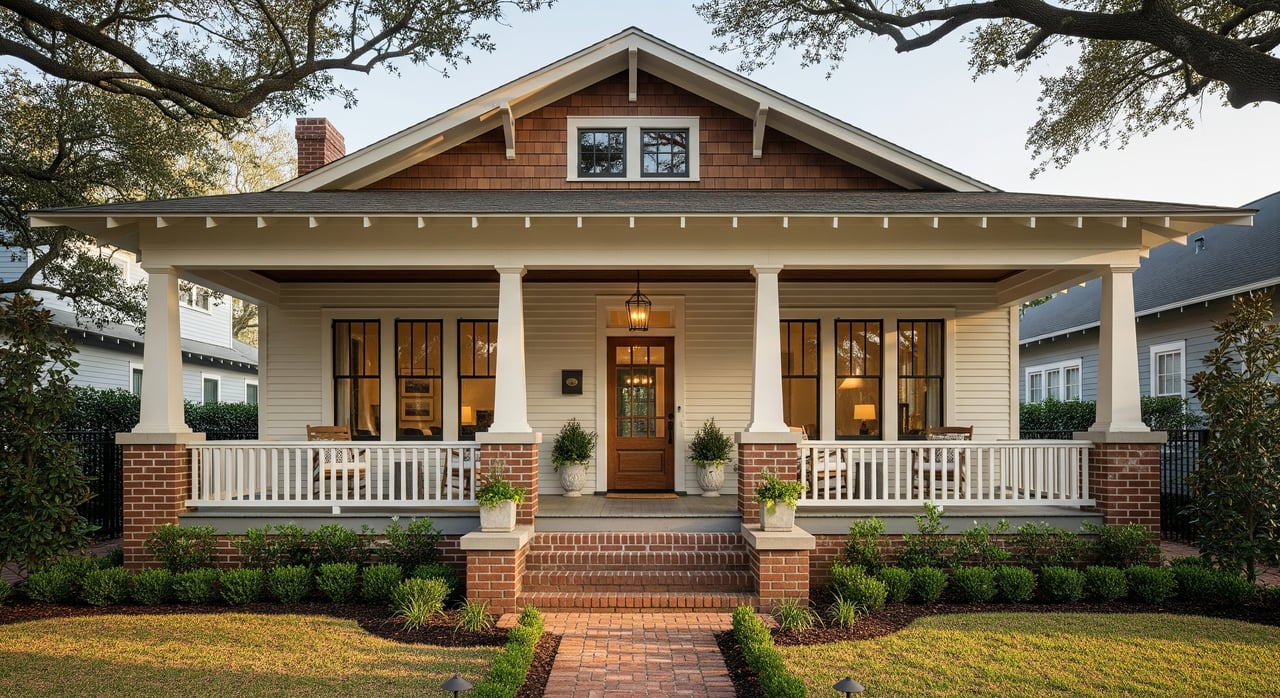


real estate

real estate
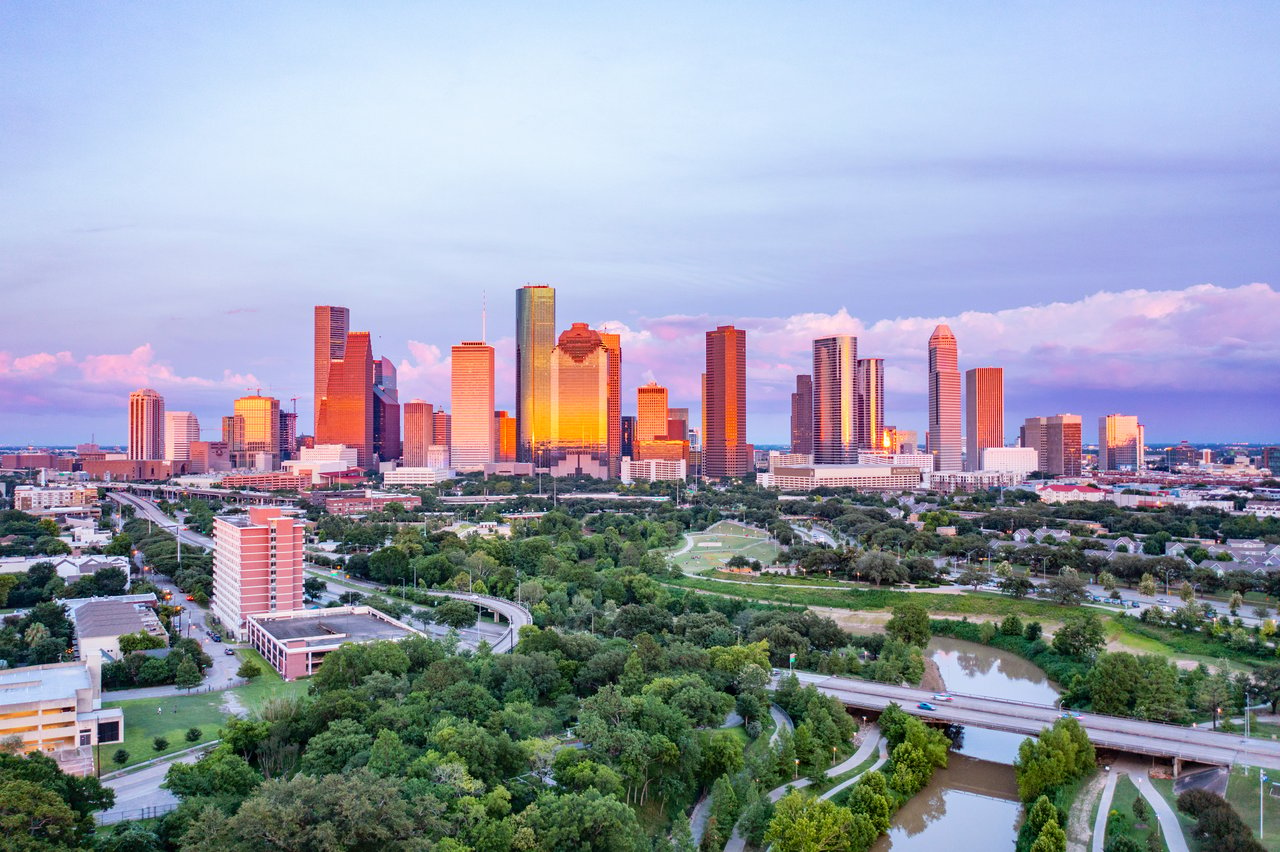
homes
Local Houston Realtor
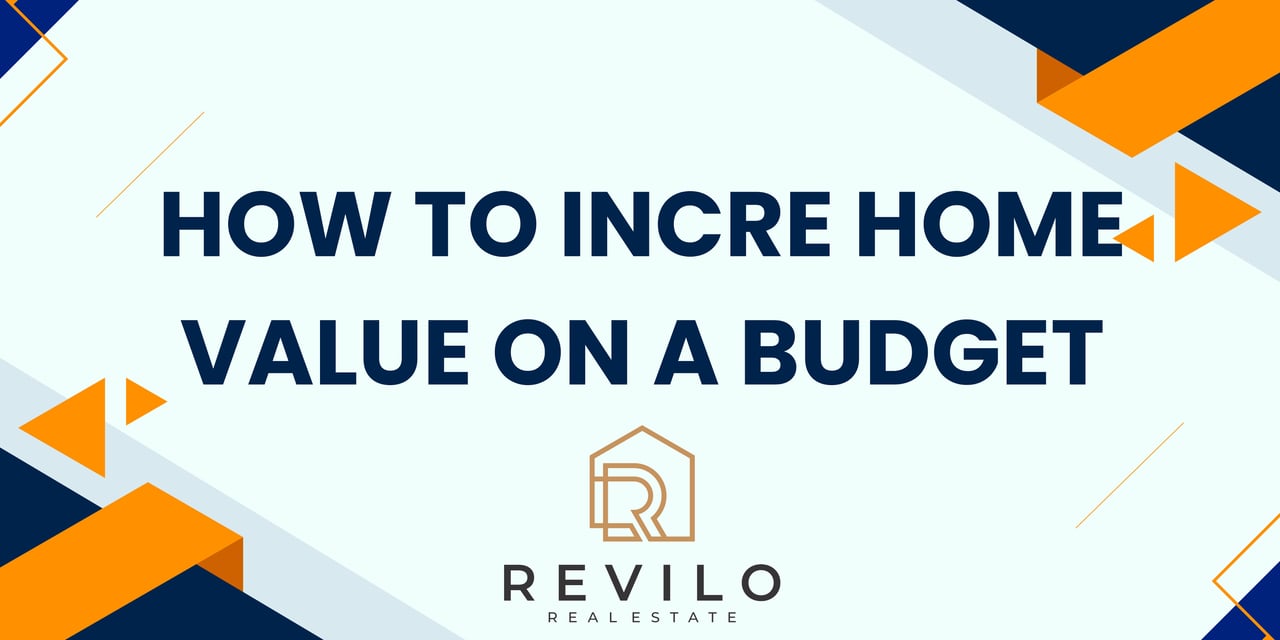
homes
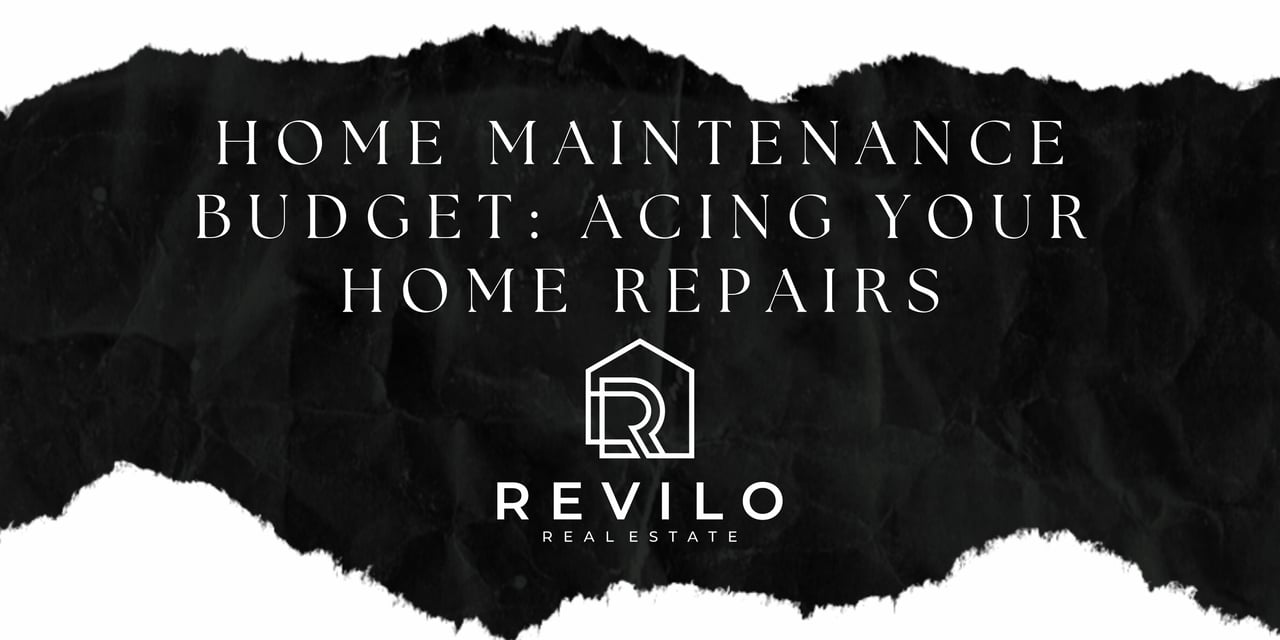
homes
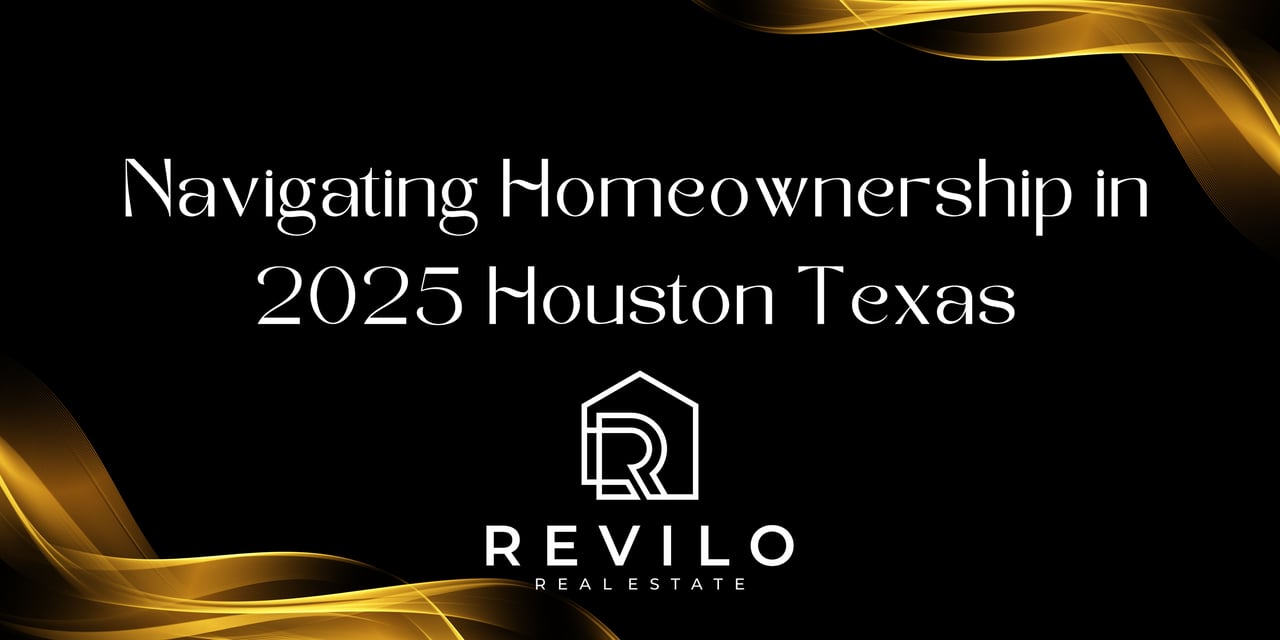
real estate
We pride ourselves in providing personalized solutions that bring our clients closer to their dream properties and enhance their long-term wealth.